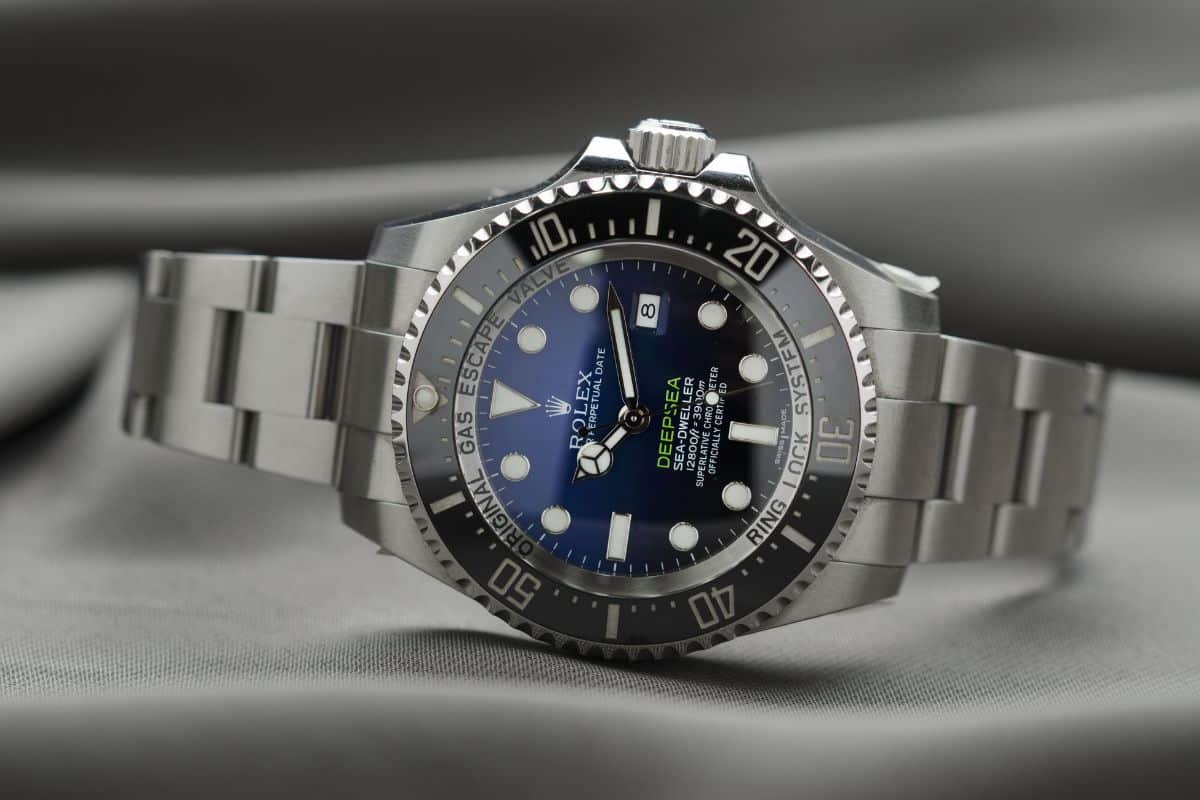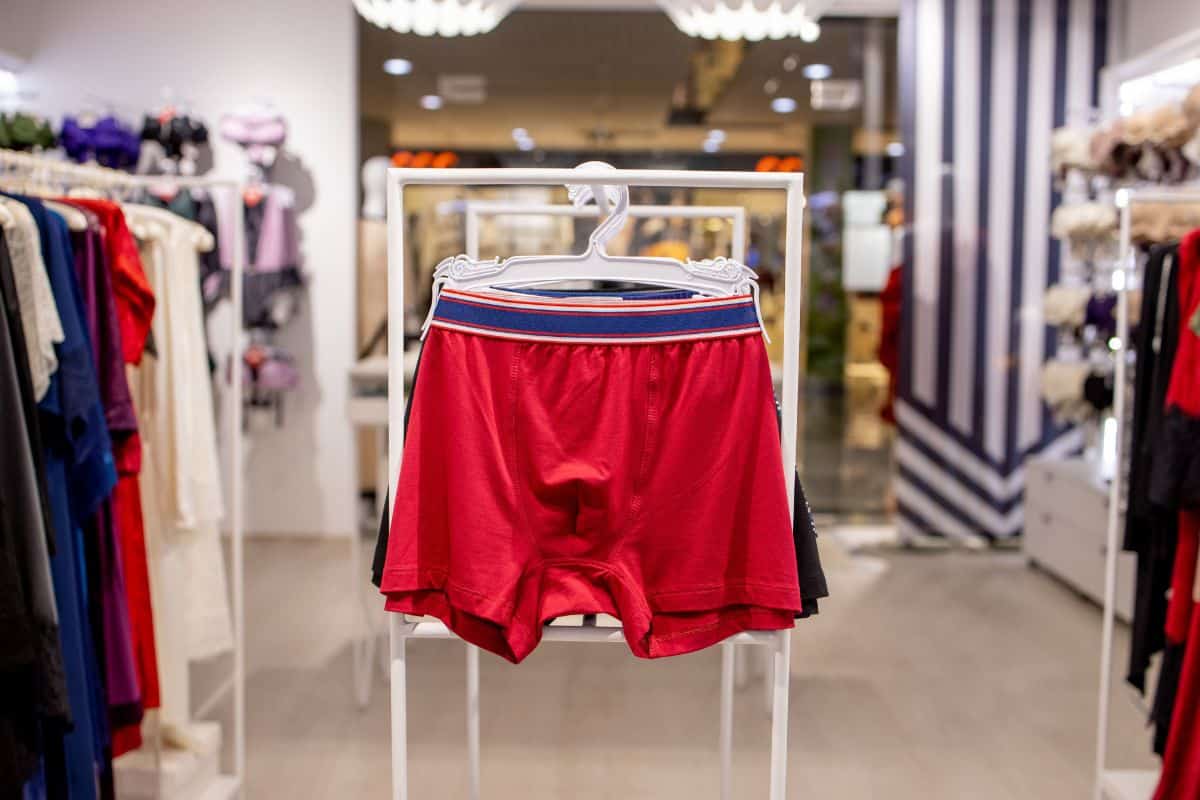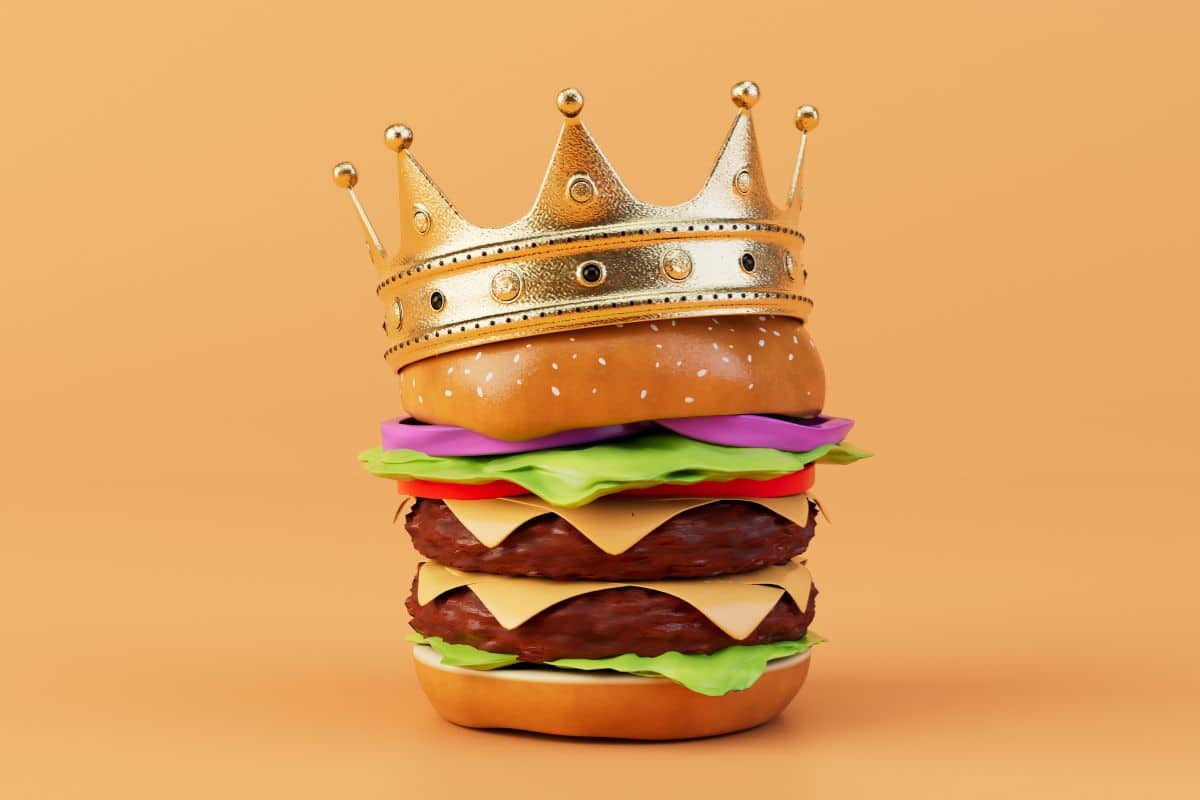The Wine Index: A Vibrant Indicator of Luxury Spending and Consumer Confidence
The Wine Index offers a refreshingly distinctive perspective in a world where economic indicators and financial jargon often sound complex and daunting. This intriguing index focuses not on stocks, bonds, or currencies but on something much more sophisticated and enjoyable – fine wines.
By monitoring the sales and prices of exquisite wines, the Wine Index provides a vivid snapshot of the trends in luxury spending and consumer confidence, particularly within the high-end market segment.
Whether you’re a market analyst, a wine connoisseur, or simply an interested reader, join us as we uncork the mysteries of the Wine Index and explore how it serves as an elegant barometer of economic health and prosperity.
Unearthing the Wine Index
The Wine Index is a fascinating and robust tool that serves as an excellent indicator of the trends in luxury spending and consumer confidence, especially in the high-end market segment. Tracking sales and prices of fine wines, this unique index sheds light on affluent consumers’ changing tastes and attitudes.
A rise in the Wine Index can be interpreted as a surge in luxury spending, and conversely, a decrease may signal tighter purse strings among the elite.
The Connection Between Fine Wines and Luxury Spending
As we plunge deeper into the enchanting world of the Wine Index, it becomes clear that the connection between fine wines and luxury spending is as complex and rich as the wines themselves. The allure of these prized beverages extends beyond their exquisite taste and into the realm of economics.
Like a meticulously aged Cabernet Sauvignon or an elusive Pinot Noir, fine wines epitomize luxury and opulence, making them an apt measure of upscale, discretionary spending. In this section, we will explore the intricate relationship between fine wines and luxury spending and how the elasticity of this demand portrays the broader trends in the high-end market segment.
Fine Wines as Luxury Goods
Fine wines have been a symbol of opulence and high status for centuries. Wine connoisseurs value rarity, age, brand, and region, similar to the factors driving the appeal for luxury goods like haute couture or premium timepieces.
This close association between fine wines and luxury has positioned the Wine Index as a gauge of discretionary spending on upscale items.
The Elasticity of Luxury Spending
The demand for luxury goods, such as fine wines, is highly elastic. In times of economic prosperity, the affluent are more likely to indulge in expensive, non-essential purchases. Conversely, even the wealthy tend to cut back on luxury spending during economic downturns.
The Wine Index aptly captures these shifts, giving us insights into consumer behavior patterns in the high-end market segment.
The Wine Index as a Consumer Confidence Barometer
Navigating to the next stop on our journey through the Wine Index, we begin to understand its remarkable utility as a barometer of consumer confidence. But how does the sale and price of fine wines mirror consumers’ sentiment and financial confidence, you might wonder? The answer lies in the inherent optimism that fuels luxury purchases.
When the future looks bright, consumers are more likely to indulge in the finer things in life, including a bottle (or two) of exceptional wine. This section uncorks the intricate dynamics between the Wine Index and consumer confidence, exploring how global events and economic climates flavor this intriguing relationship.
Wine Purchases Reflect Economic Optimism
Purchases of luxury goods are not just about indulgence; they also reflect economic optimism. Consumers are more likely to splurge on fine wines when they are confident about the future. Consequently, an uptick in the Wine Index often correlates with increased consumer confidence.
The Global Perspective
The global nature of the wine market makes the Wine Index a truly international indicator. Whether the rising affluence in Asia drives demand for French Bordeaux or the impact of Brexit on British wine collectors, the Wine Index captures these global trends, providing a unique perspective on international consumer sentiment.
Understanding the Wine Index Trends
Like the subtle nuances in a bottle of Château Lafite Rothschild, the Wine Index is characterized by various trends, each contributing to a deeper understanding of luxury spending and consumer confidence. These trends are not static but evolve with the ebbs and flows of the global economy and significant world events.
From periods of robust economic growth to times of uncertainty and recession, the Wine Index reflects affluent consumers’ shifting tastes and spending habits. This section will delve into the Wine Index’s highs and lows, investigating how they mirror global events and economic trends, ultimately helping us decode the complexities of the high-end market segment.
Tracking the Highs and Lows
Like a fine wine’s flavors, the Wine Index has peaks and valleys. Periods of sustained economic growth see a corresponding rise in the Index, reflecting heightened luxury spending and consumer confidence. In contrast, economic recessions typically lead to a dip in the Wine Index, indicating a decrease in these factors.
The Impact of Current Events
The Wine Index is also responsive to current events. Political uncertainties, changes in trade agreements, pandemics, and climate crises can all impact the production, distribution, and consumption of fine wines, leading to fluctuations in the Index.
By understanding these underlying factors, investors and market analysts can better predict and respond to changes in luxury spending and consumer confidence.
Key Takeaways
In wrapping up our exploration of the Wine Index, it’s clear that this unique tool offers a captivating blend of economic insights, much like a complex, well-rounded wine.
More than just a tracker of fine wine sales and prices, it serves as an intricate tapestry, weaving together luxury spending trends and consumer confidence within the affluent market segment.
As we continue navigating the dynamic and multifaceted global economy, the Wine Index remains a significant and reliable guide, charting the course of luxury consumption. Like every bottle of fine wine tells a story, so does each fluctuation in the Wine Index, revealing narratives of prosperity, caution, and economic resilience.
And so, here’s a toast to the Wine Index, a testament to the elegance and complexity of both fine wines and global economics.
Related Articles
The Taco Bell Liberty Bell Prank: Viral Marketing Success
SEO,Business,Marketing,Digital Marketing,Content Marketing,Advertising,Business Management,Branding
October 26, 2023
Marketing has always played a crucial role in the success of a business, and with the increasing influence of the internet and social media, viral…
0 Comments8 Minutes
The Secret of Rolex’s Winning Marketing Strategy
Marketing,Social Media,Email Marketing,Digital Marketing,Content Marketing
October 6, 2023
For over a century, Rolex has been renowned for its luxury watches. And its sophisticated marketing strategies have allowed the brand to remain…
0 Comments11 Minutes
The Old Spice Marketing Revamp: A Masterclass in Rebranding
SEO,Marketing,Digital Marketing,Content Marketing,Business,Business Management,Branding
September 26, 2023
Old Spice is a brand that has been synonymous with men's grooming products for decades. However, by the early 2000s, the brand was struggling to…
0 Comments8 Minutes
The Evolution of Product Placement: A Marketing Phenomenon
Email Marketing,Marketing,Branding,Advertising,Business,Digital Marketing,Content Marketing
September 13, 2023
Product placement, the marketing technique of strategically incorporating branded products into various forms of media, has long been an influential…
0 Comments9 Minutes
The Men’s Underwear Index as an Economic Indicator
Marketing,Digital Marketing,Business Management,Branding
August 23, 2023
At first glance, men's underwear might seem like an unlikely subject for serious economic discussion. However, the Men's Underwear Index (MUI) is a…
0 Comments9 Minutes
Hemline Index: The Relationship Between Fashion and Economy
SEO,Marketing,Digital Marketing,Content Marketing,Business,Business Management,Branding
July 25, 2023
The world of fashion is as fascinating as it is fickle. With trends constantly changing, it's often difficult to keep up. However, some aspects of…
0 Comments8 Minutes
7 Tips for Hiring the Right Digital Marketing Consultant
Email Marketing,Marketing,Social Media,Advertising,Business,Digital Marketing,Content Marketing
July 6, 2023
If you're ready to elevate your business, enlisting the help of a digital marketing consultant is an ideal way to maximize your online presence and…
0 Comments13 Minutes
Burger King’s Whopper Sacrifice: Viral Marketing and Brand Success
Business,Marketing,Branding,Content Marketing,Digital Marketing,Social Media
February 17, 2023
In the world of marketing, standing out from the competition is essential for success. One way to achieve this is through viral marketing stunts,…
0 Comments8 Minutes
10 Content Marketing Blogs You Should Check Out
Marketing,Content Marketing,Digital Marketing
June 8, 2019
Nowadays (mostly) everyone is on the internet. Obsessed with their mobile phones, laptops or tablets, users scroll through their social media apps…
0 Comments7 Minutes









